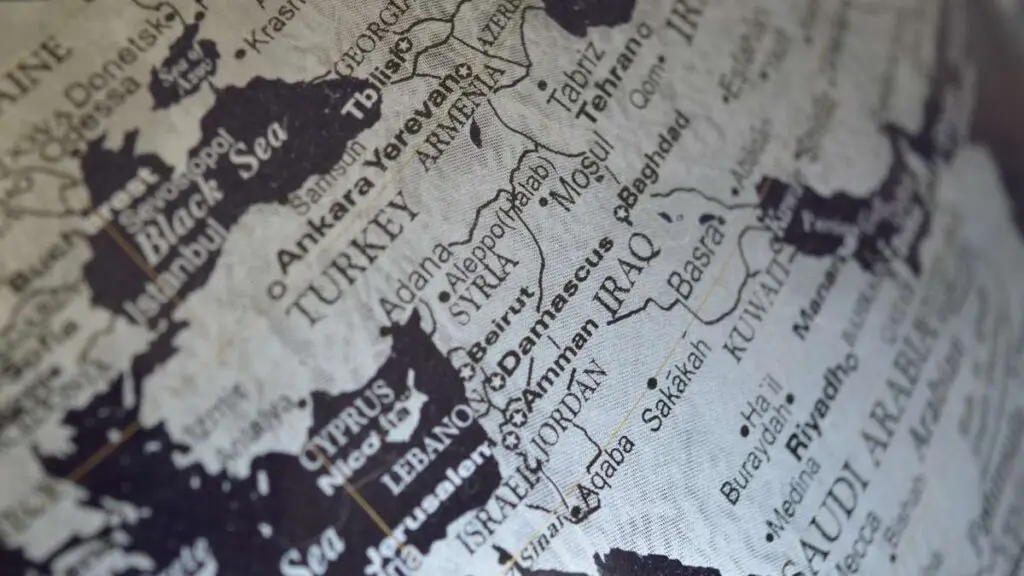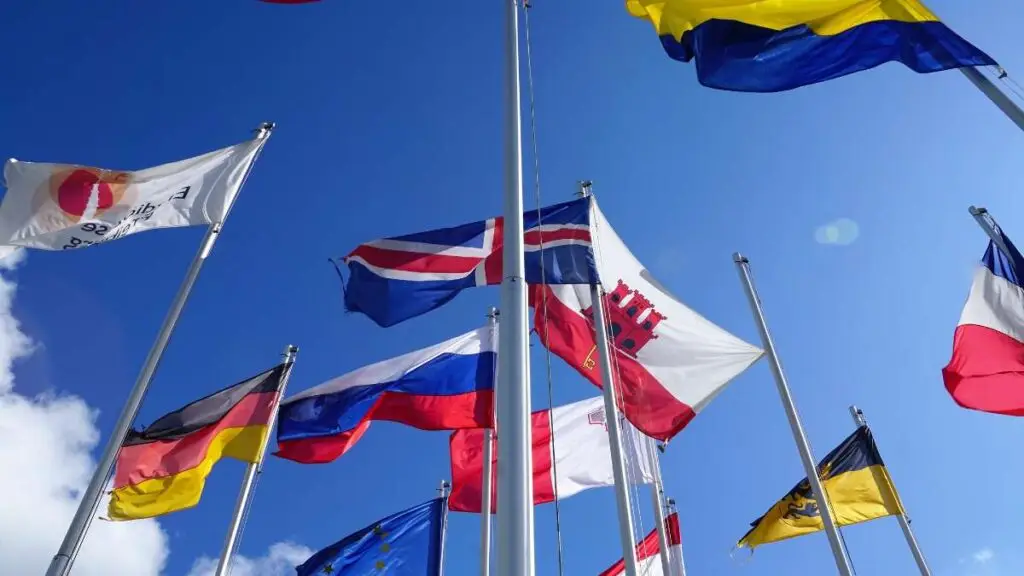By Geoffrey Cain
PRI’s The World
Oct 5, 2013
SEOUL, South Korea — Earlier this year, North Korea tested its third underground nuclear device and then launched a flurry of war threats against the US and South Korea. The three months of tensions, from January to April 2013, are often called the “2013 North Korea crisis.”
Since then, the garrison state has quieted its rhetoric.
But on Friday, North Korea’s top military body announced that it would continue to pursue nuclear weapons, while launching barbs at the South Korean president, Park Geun-hye.
State mouthpieces are known for nutty propaganda talk. But this time Asia’s most isolated regime appears to be following through by restarting its infamous plutonium reactor, reports the 38 North website at Johns Hopkins University.
Commercial satellite images taken on Sept. 19 reveal that the plant — which had been disabled in 2007 in accordance with an international agreement — has been releasing hot wastewater into a nearby river, according to 38 North’s Nick Hansen, a retired US army imagery analyst.
“This release of hot water indicates that the reactor is in operation and the turbine powered electrical generators are producing power,” he writes.
There’s other evidence as well. In late August, Hansen wrote that the reactor appeared to be releasing steam, signaling that the unit was probably up and running to some extent.
In announcing Friday that North Korea would advance its nuclear goals, the state-controlled press did not specifically confirm that the plutonium reactor had been restarted.
Should we be scared?
Some experts think the reactor can produce enough plutonium to make one atomic bomb a year. The three devices tested since 2006 have been relatively weak, although they have gained strength with each detonation.
Analysts are generally divided on North Korea’s intentions with its nuclear weapons. Some, like Andrei Lankov of Kookmin University in Seoul, write that the regime stays militarized as a way of defending its survival.
Others, like BR Myers at Busan National University in South Korea, argue that the government has staked out a race-based nationalism that has earned the admiration of German neo-Nazis, and that it must advance its nuclear program to hold together a country that has seen a gradual relaxation of the command economy since the early 2000s.
And as with anything related to the gnomic leadership of North Korea, it’s hard to tell where the program will go.
In 2007, North Korea blew up a cooling tower and suspended operations in a deal with then-president George W. Bush — an event that he considered a part of his legacy.
Unfortunately, that legacy apparently hasn’t lasted.
In fact, the reactor has been erratically shut down and restarted several times since the 1980s, and this is merely the latest instance of North Korea moving forward.
The article was originally published in PRI’s The World
See Also:
- Those ‘fake’ North Korean ICBMs may actually be able to reach Seattle
- How the Iran nuclear deal matters for North Korea





